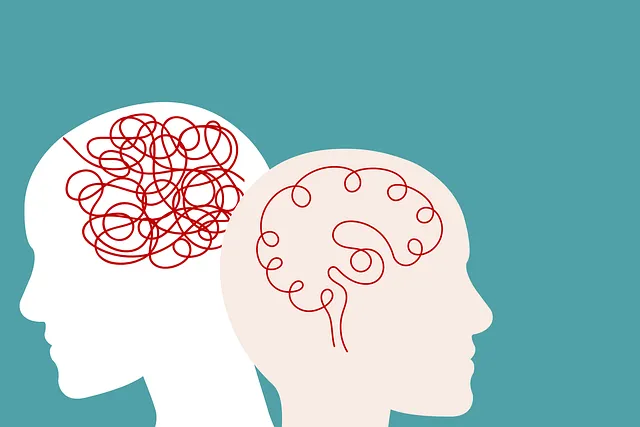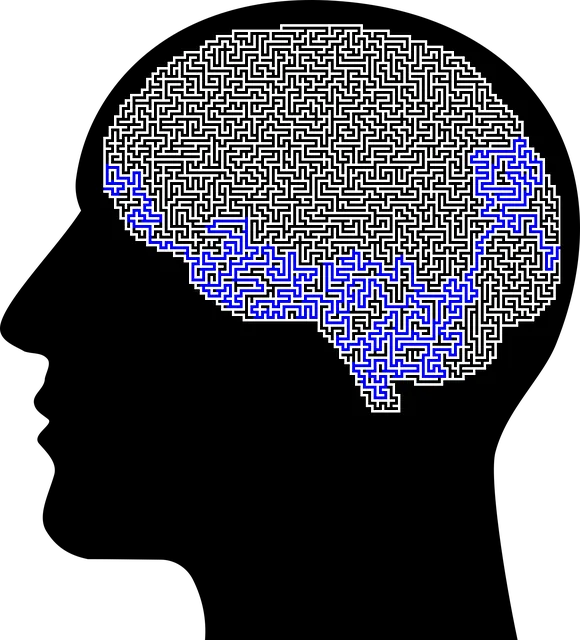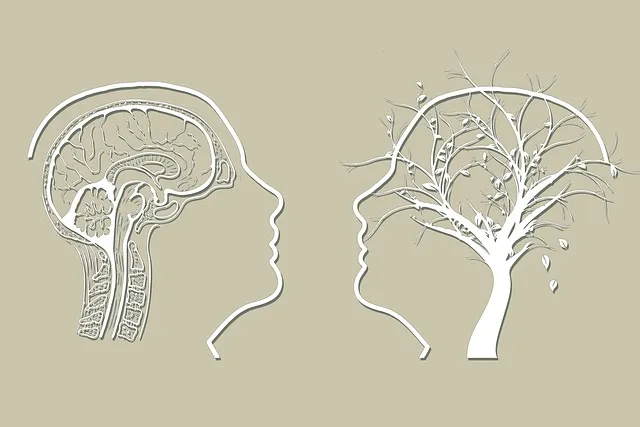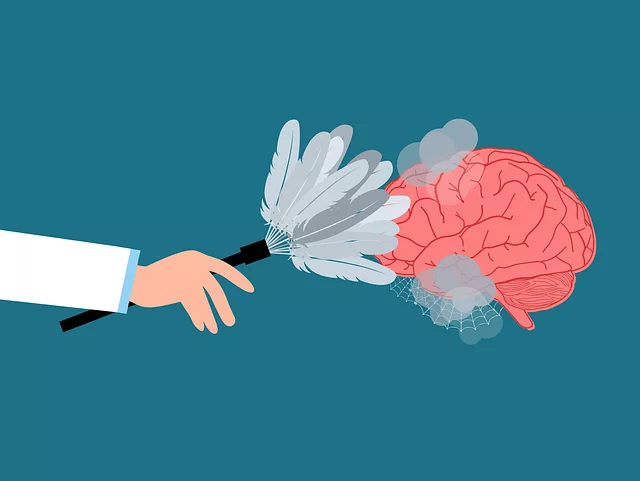The media significantly shapes public perceptions of mental health, with positive and accurate portrayals reducing stigma. Kaiser's inpatient mental health services in Broomfield collaborate with media to ensure responsible representations, contributing to a supportive societal environment. These services cater to diverse needs, employ evidence-based practices, and offer specialized units for adults, adolescents, and older adults. Inaccurate media depictions often perpetuate stereotypes and overlook essential aspects of mental healthcare, but consultation with healthcare professionals and individuals living with conditions, along with diversity initiatives and advocacy programs, can foster nuanced storytelling, reduce stigma, and encourage help-seeking behaviors.
In today’s media landscape, the representation of mental illness plays a pivotal role in shaping public perceptions and understanding. This article delves into the impact of media portrayals on mental health narratives, focusing specifically on Kaiser’s inpatient mental health services in Broomfield. We explore current challenges and gaps in media depiction, offering proposed solutions to enhance accurate representations. By examining these aspects, we aim to contribute to a more nuanced and empathetic conversation surrounding mental illness, leveraging resources like Kaiser’s offerings in Broomfield.
- Understanding the Impact of Media Portrayal on Mental Health Perceptions
- Exploring Kaiser's Inpatient Mental Health Services in Broomfield
- Challenges and Gaps in Current Media Representation of Mental Illness
- Proposed Solutions to Enhance Accurate Mental Illness Depictions in Media
Understanding the Impact of Media Portrayal on Mental Health Perceptions

The media plays a significant role in shaping public perceptions about mental health. Positive and accurate representation of individuals with mental illness can foster understanding and reduce stigma, while negative or stereotypical portrayals can perpetuate harmful misconceptions. When media platforms, such as television shows, movies, and news articles, depict mental illness with sensitivity and depth, they have the potential to reach a vast audience, influencing attitudes and behaviors towards those struggling with their mental health.
For instance, showcasing characters who embody resilience building and mind over matter principles can inspire hope in viewers facing similar challenges. Similarly, emphasizing emotional intelligence as a tool for understanding and supporting individuals with mental illness can encourage empathy and proactive engagement. Recognizing the importance of these narratives, healthcare providers like Kaiser, with their inpatient mental health services in Broomfield, can collaborate with media outlets to ensure responsible and impactful representation, ultimately contributing to a more supportive societal environment for people with mental health conditions.
Exploring Kaiser's Inpatient Mental Health Services in Broomfield

Kaiser’s Inpatient Mental Health Services in Broomfield offer a comprehensive solution to addressing mental illness representation in media. With a focus on providing quality care, Kaiser’s facilities are designed to cater to diverse needs, from acute psychiatric crises to long-term recovery plans. The services available include specialized units for adults, adolescents, and older adults, each equipped with experienced healthcare professionals who employ evidence-based practices such as Stress Reduction Methods and Emotional Intelligence interventions.
These services aim not only to stabilize patients but also to foster their reintegration into the community. Kaiser’s strategic location in Broomfield positions it to serve a wide demographic, contributing significantly to Mental Health Policy Analysis and Advocacy efforts at both local and national levels. By ensuring accessibility and quality of care, Kaiser leads the way in challenging negative mental health representations in media, promoting greater understanding and empathy for individuals facing these challenges.
Challenges and Gaps in Current Media Representation of Mental Illness

The current media landscape often falls short when it comes to accurately depicting mental illness and the intricacies of seeking treatment. Many portrayals are limited to stereotypical narratives, either sensationalizing or minimising the severity of conditions such as depression, anxiety, or psychosis. This misrepresentation can have profound effects on public understanding and the stigmatisation of individuals living with these issues. For instance, the absence of diverse representations fails to reflect the wide range of experiences, especially within ethnic minorities, where cultural sensitivity in mental healthcare practice is paramount.
Moreover, media often omits crucial aspects like the availability and accessibility of resources, such as inpatient mental health services provided by institutions like Kaiser in Broomfield. This gap can deter viewers from seeking help, particularly when they lack awareness or understanding of available Emotional Well-being Promotion Techniques and Conflict Resolution Techniques. By addressing these challenges through more nuanced storytelling, media has the potential to foster empathy, reduce stigma, and encourage open conversations about mental health.
Proposed Solutions to Enhance Accurate Mental Illness Depictions in Media

To address the challenge of inaccurate mental illness representation in media, several proposed solutions emphasize the importance of consultation with healthcare professionals and individuals living with mental health conditions. This includes integrating experts like psychiatrists and psychologists into creative teams to ensure storylines are not only sensitive but also factually accurate. Additionally, encouraging diversity among writers and producers dedicated to mental health narratives can help avoid stereotypes and provide more nuanced portrayals.
Initiatives such as the Mental Health Policy Analysis and Advocacy programs aim to educate media industries on best practices for depicting mental illness. These efforts, coupled with Inner Strength Development workshops and Burnout Prevention Strategies for Healthcare Providers, can foster a more supportive environment where accurate representations become the norm. Incorporating these solutions not only benefits audiences by providing a better understanding of mental health but also supports individuals seeking care, potentially encouraging them to does Kaiser have inpatient mental health services in Broomfield or similar locations.
The representation of mental illness in media has a profound impact on public perceptions and understanding. By exploring real-world examples like Kaiser’s inpatient mental health services in Broomfield, we can identify challenges and gaps in current media portrayals. Proposed solutions aim to enhance accurate depictions by promoting diverse, nuanced stories that reflect the complexity of mental health experiences. Encouraging media outlets to prioritize authenticity will not only foster empathy but also contribute to a more compassionate and informed society, ultimately benefiting individuals seeking support for their mental well-being.






